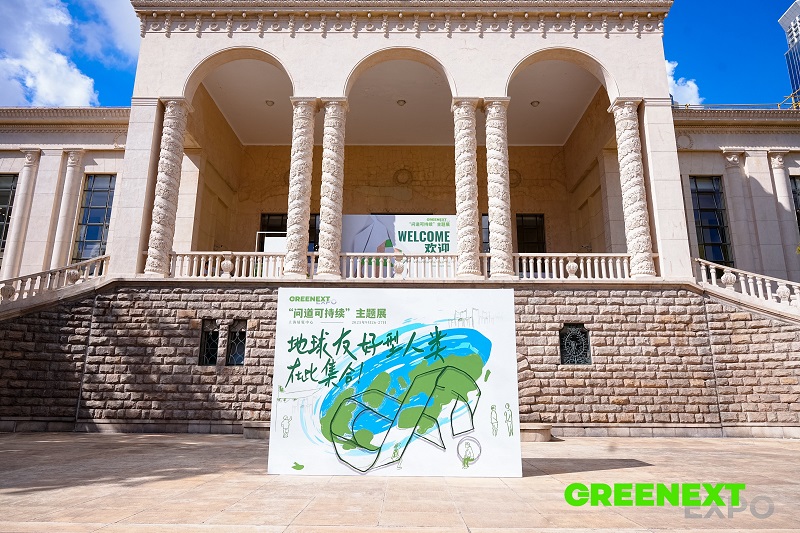
Luxury fashion houses are increasingly choosing to buy, not rent, the world’s most coveted retail spaces, marking a sharp shift in strategy aimed at securing prime locations, protecting brand prestige, and creating flagship experiences.
As per Coresight Research’s new report ‘Luxury Real Estate: Luxury Brands Move from Tenants to Landlords’, companies including Chanel, Hermès, Kering, LVMH, Prada, and Richemont have spent billions of dollars acquiring marquee properties on avenues such as Fifth Avenue in New York, Via Montenapoleone in Milan, and London’s Bond Street.
Rising rents drive ownership push
Luxury retail districts remain among the most expensive in the world, with rents climbing despite broader commercial property slumps. On Rodeo Drive in Los Angeles, rents rose 3 per cent last year, while New York’s Fifth Avenue held steady, according to The Wall Street Journal. By purchasing rather than leasing, brands can lock in long-term control, avoid rising rental costs, and prevent competitors from gaining entry into limited retail corridors.
“This isn’t just about securing a shopfront, it’s about locking down territory,” one analyst told the Financial Times. Hermès’ purchase of a building adjacent to its Paris store, which displaced a rival, is cited as a clear example of defensive real estate strategy.
By owning these properties, brands can invest deeply in immersive design without the friction of landlord approvals or lease uncertainty. “When a flagship is meant to embody your DNA for decades, it makes sense to own the walls that hold it,” explained a Coresight analyst. Ownership also allows brands to reimagine entire districts. LVMH’s work in Miami’s Design District, where luxury retail blends seamlessly with art galleries and residential towers, demonstrates how property itself has become a medium of brand storytelling.
Experiential flagships require full control
Ownership also allows brands to invest heavily in flagship stores designed as immersive environments. From Louis Vuitton’s Paris Maison Vendôme, which includes private salons and champagne service, to Gucci’s museum-style flagships, these spaces serve as cultural showcases as much as retail outlets. “Brands are building stages, not shops,” the Coresight report notes. “To fully realize that vision, they want to own the walls, not just rent them.”
A global buying spree
Data from Bernstein show luxury groups have spent more than $9 billion on property acquisitions since 2023, underscoring the scale of the shift.
Table: Top luxury companies real estate buys globally
|
Brand/Company |
Property acquired |
Purpose & implication |
|
Kering |
Via Montenapoleone, Milan (€1.3 bn) |
Secures iconic location; prevents rivals’ entry; raises questions on capital efficiency. |
|
Richemont |
Bond Street, London (2.2% yield) |
Anchors long-term presence despite slim financial returns. |
|
LVMH |
Miami Design District & others |
Builds branded neighborhoods blending retail, culture, and residential spaces. |
|
Prada Group |
Fifth Avenue, New York ($835 m) |
Expands footprint in a global luxury epicenter. |
|
Bvlgari (LVMH) |
Sydney Castlereagh Street ($56 m; valued at $100 m) |
Rising asset value reflects scarcity of flagship locations. |
Each purchase carries its own logic. For Kering, the Milan property cements control over one of Europe’s luxury capitals, even if analysts question the return on investment. Richemont’s Bond Street deal, acquired at a yield below its cost of debt, underscores the willingness to trade short-term financial logic for long-term security. LVMH, meanwhile, is thinking bigger: its acquisitions often anchor mixed-use neighborhoods, creating ecosystems where shopping, art, and living coexist under its brand umbrella.
The timing factor
Why now? The answer lies in a mix of risk and opportunity. While global interest rates have made borrowing more expensive, prime luxury real estate has remained resilient unlike office towers or malls, which have been hammered by pandemic shifts. At the same time, e-commerce growth has paradoxically elevated the importance of physical retail. The more consumers buy online, the more valuable in-person experiences become. Stores are now stages, not stockrooms.
Geography also plays a role. As Southeast Asia adds an estimated 25-30 million affluent consumers by 2030, global luxury groups are expanding their maps. Anchoring flagship properties in rising hubs ensures that as new markets bloom, these brands occupy the choicest terrain from day one.
Beyond fashion, into the city
The consequences of this landlord turn extend beyond balance sheets. For cities, luxury’s appetite can reshape entire neighborhoods, often raising questions about gentrification or cultural homogenization. Miami’s transformation into a luxury playground shows how powerful a single brand or a cluster of them can be in recasting an urban landscape. For consumers, it means that stepping into a store is increasingly akin to stepping into a brand’s universe, designed not just to sell, but to seduce.












